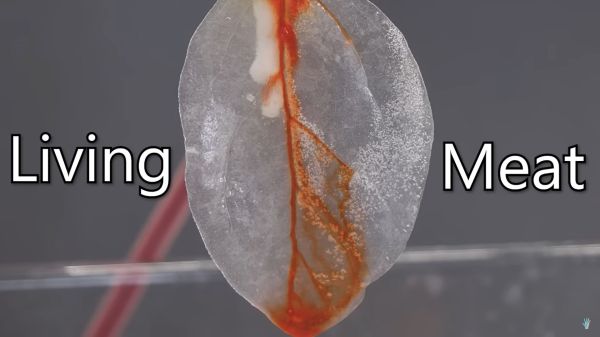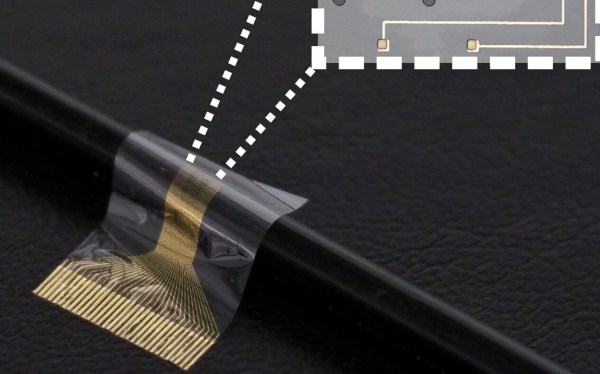What if you could rebuild a jellyfish: better, stronger, faster than it was before? Caltech now has the technology to build bionic jellyfish.
Studying the ocean given its influence on the rest of the climate is an important scientific task, but the wild pressure differences as you descend into the eternal darkness make it a non-trivial engineering problem. While we’ve sent people to the the deepest parts of the ocean, submersibles are much too expensive and risky to use for widespread data acquisition.
The researchers found in previous work that making a cyborg jellyfish was more effective than biomimetic jellyfish robots, and have now given the “biohybrid robotic jellyfish” a 3D-printed, neutrally buoyant, swimming cap. In combination with the previously-developed “pacemaker,” these cyborg jellyfish can explore the ocean (in a straight line) at 4.5x the speed of a conventional moon jelly while carrying a scientific payload. Future work hopes to make them steerable like the well-known robo-cockroaches.
If you’re interested in some other attempts to explore Earth’s oceans, how about drift buoys, an Open CTD, or an Open ROV? Just don’t forget to keep the noise down!

















